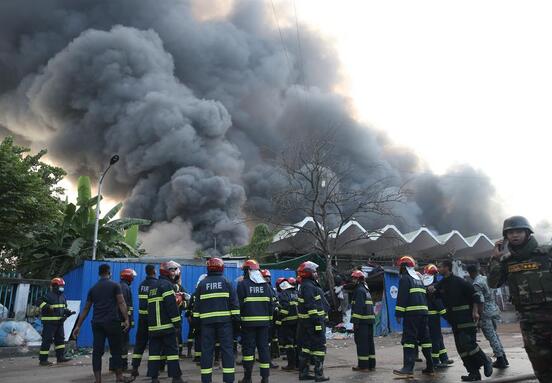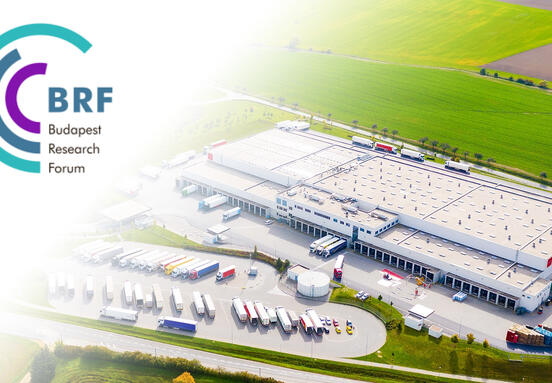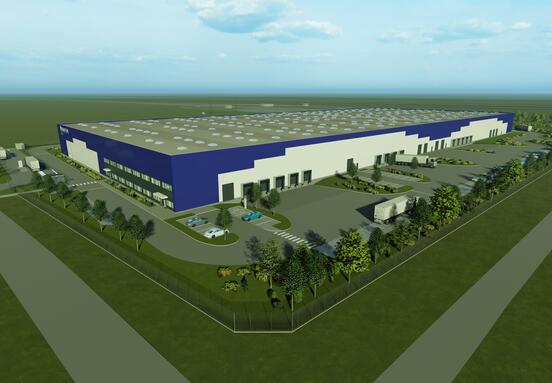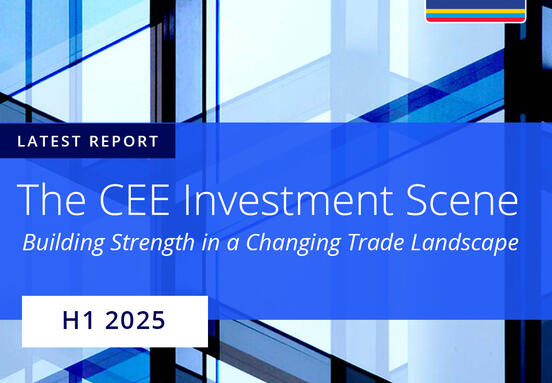Our proprietary methodology focuses on taking rents, net of concessions, for logistics facilities. To create the index, Prologis Research combines the company’s local insights on market pricing dynamics with data from our global portfolio. Rental rates at the regional and global levels are weighted averages based on estimates of market revenue.
What's new?
Despite a mid-year dip due to the pandemic, global rent growth improved through year-end 2020 and ended with a 2.9% full-year increase.
In North America, outperformance in demand resulted in healthy rent growth.
In Europe, recovery materialized as the market likewise benefited from growing secular trends and limited supply.
Why does it matter?
Demand surpassing expectations highlighted the broadening of structural demand drivers. These include an acceleration in e-commerce, reassessment of inventory levels, and the requirement for speed to market. As the result, historic vacancies remained low in many markets.
Willingness to spend on expanding logistics networks has increased as users view e-commerce distribution and speed to market as competitive advantages for revenue generation. At the same time, the incremental cost of logistics real estate remains a small portion of total supply chain costs, with rents representing approximately 5%.
Replacement cost economics support future growth, as land prices continued to rise across a broad range of markets.
What's next?
Prologis Research anticipates a continuation of growth trajectory across the company’s markets globally.
Structural demand trends and rising barriers to supply—such as longer entitlement and permitting processes and increasing replacement costs—point to continued resilience despite lingering economic uncertainty.
Expansion is expected to be the most pronounced in infill locations where expanding e-fulfillment should result in logistics users competing for the best locations.
Outperformance of regional distribution markets, which benefited from big box demand in 2020, may normalize in 2021 and beyond as new supply begins to be delivered in low-barrier submarkets.
Global Overview
Key findings from the 2020 Rent Index:
Pandemic uncertainty led to negative growth in most global markets during the second quarter of 2020. The exceptions were Japan and Brazil, which recorded stable or positive growth throughout the year.
North America and Brazil led 2020 growth. Structural demand bolstered positive pricing power rapidly in these markets as replacement costs continued to move upward.
Dips were the most severe in supply-rich markets. These markets, which are relatively few, include Houston, Poland and West China.
Most markets experienced quick recovery. Concessions initially given to secure occupancy were reversed quickly as vacancies remained low and demand stayed healthy.
Growth in 2020 occurred in the back half of the year. The strength of logistics fundamentals was tested and proven in 2020 and underscored structural trends that the pandemic accelerated.
Looking to 2021:
Structural trends are expected to drive demand for prime logistics real estate. The future of supply chains is larger, faster, more resilient and closer to end consumers. Modern space is also needed to incorporate technological advancements that improve efficiency and solve customer pain points.
The acceleration of e-commerce adoption will add to the need for more space close to end consumers. Urban fulfillment speeds up delivery times, optimizes costs and reduces total miles traveled. Customers focused on sustainable operations may also find reduced carbon emissions from a built-out logistics network including urban fulfillment centers.
Disruptions from the pandemic are poised to continue. Lockdowns and other COVID-19-related situations may constrain customers’ operations, though the volatility is expected to be less severe than in 2020 as many customers now have better supply chain visibility.
Rising inventory levels should add to demand growth. As retailers restock and build in buffer to accommodate surges in consumer demand, requirements should increase.
Economic recovery is expected to add cyclical demand to the second half of 2021. Pending the success of inoculation programs across the globe, the reopening of economies is expected to lead to an economic uptick generating cyclical demand.
A return to pre-COVID growth trends is anticipated in 2021. Supply hotspots are expected to lag, with landconstrained locations outperforming.
Replacement costs and supply barriers are likely to intensify. The influx of equity focused on logistics has increased, driving up competition for assets and development.
What does it mean for customers?
Space availability increased marginally in 2020, primarily in supply hotspots. Securing space in land-constrained locations requires advanced planning. Increasing operational efficiency and warehouse utilization through supply chain reconfiguration can also foster expansion in the absence of excess supply.
What does it mean for investors?
The acceleration of structural trends such as e-commerce and inventory building adds layers of demand, namely in locations near end consumers. Demand was broad-based and healthy in 2020, but, going forward, the inability to respond with supply will lead to more uniform outperformance for land-constrained locations.
2021: The Prologis Research Outlook
After a year of volatility, 2021 is expected to be a steady year of growth for most markets. We note risks to the outlook, among them the ongoing pandemic and political and economic headwinds. The resilience of the logistics real estate sector has attracted significant equity; in this atmosphere, we are monitoring how this wall of capital now targeting the sector could lead to areas of oversupply. Substantial structural demand tailwinds remain, replacement costs continue to rise and new supply is unlikely to meet this demand in most markets, in turn setting the tone for a year of strong rent growth.
Prologis








